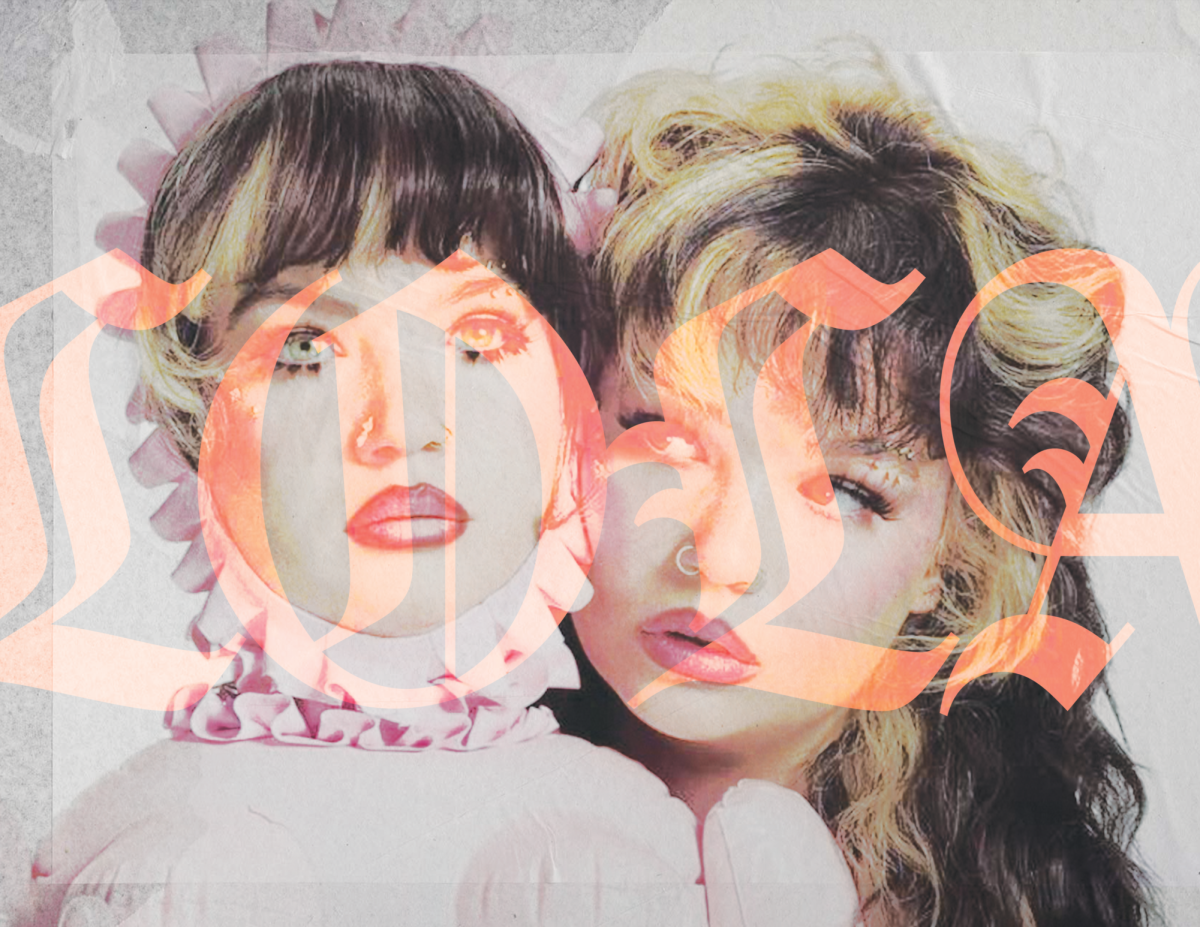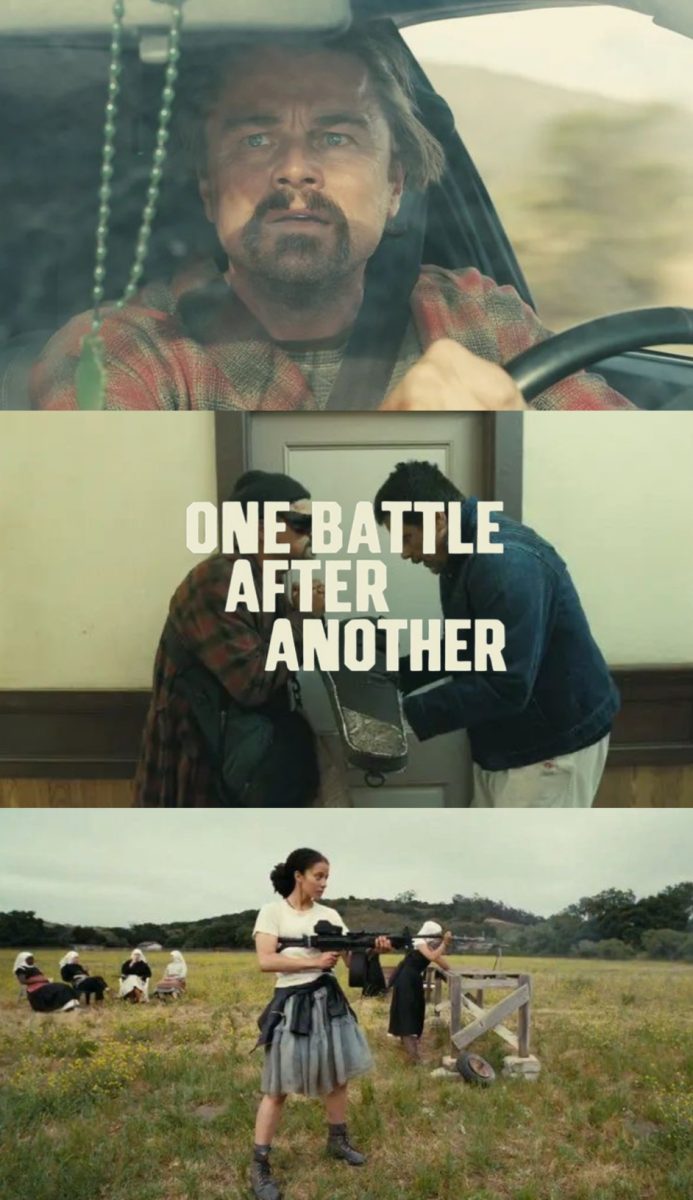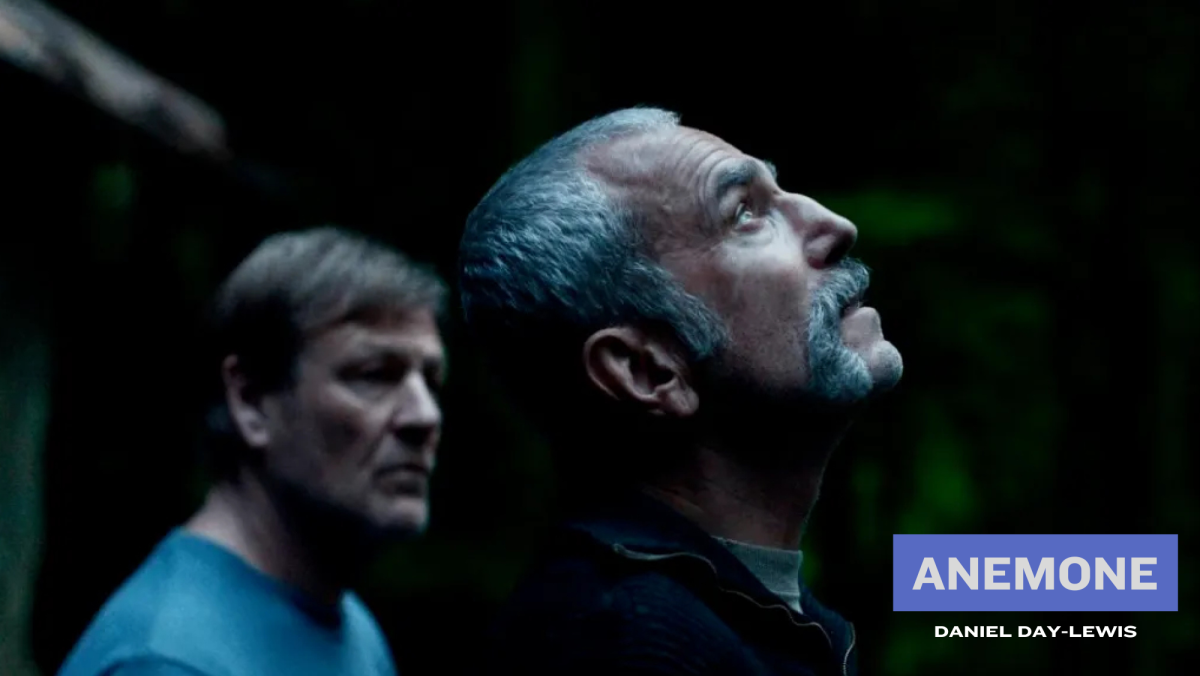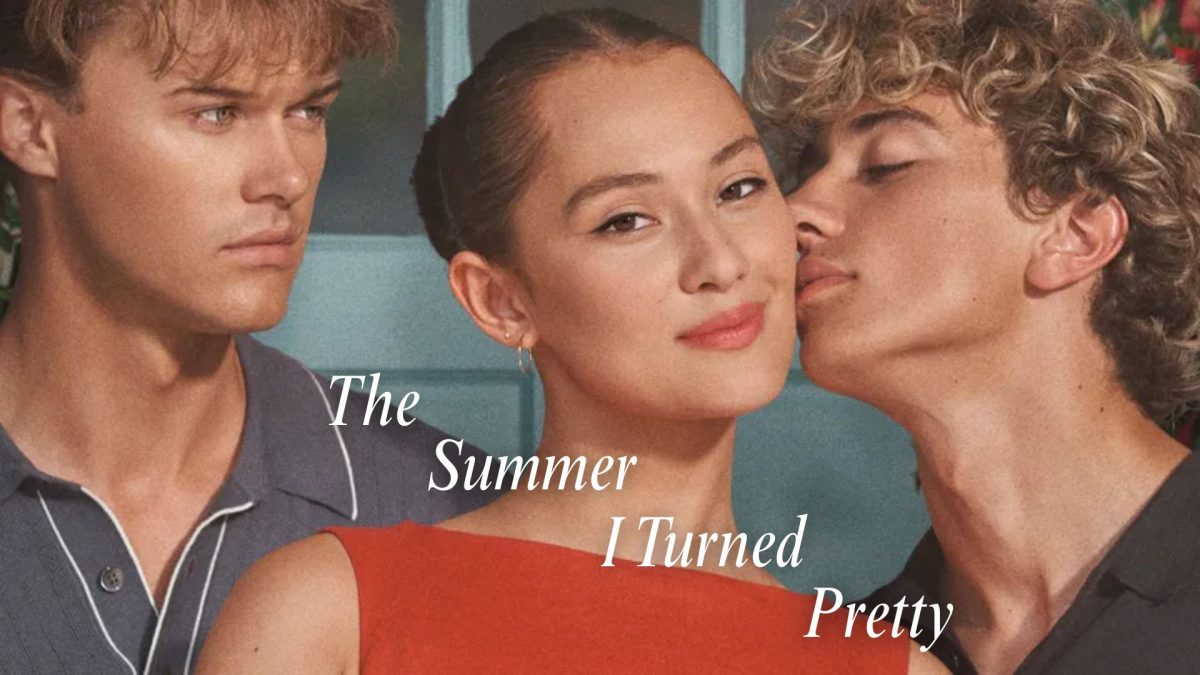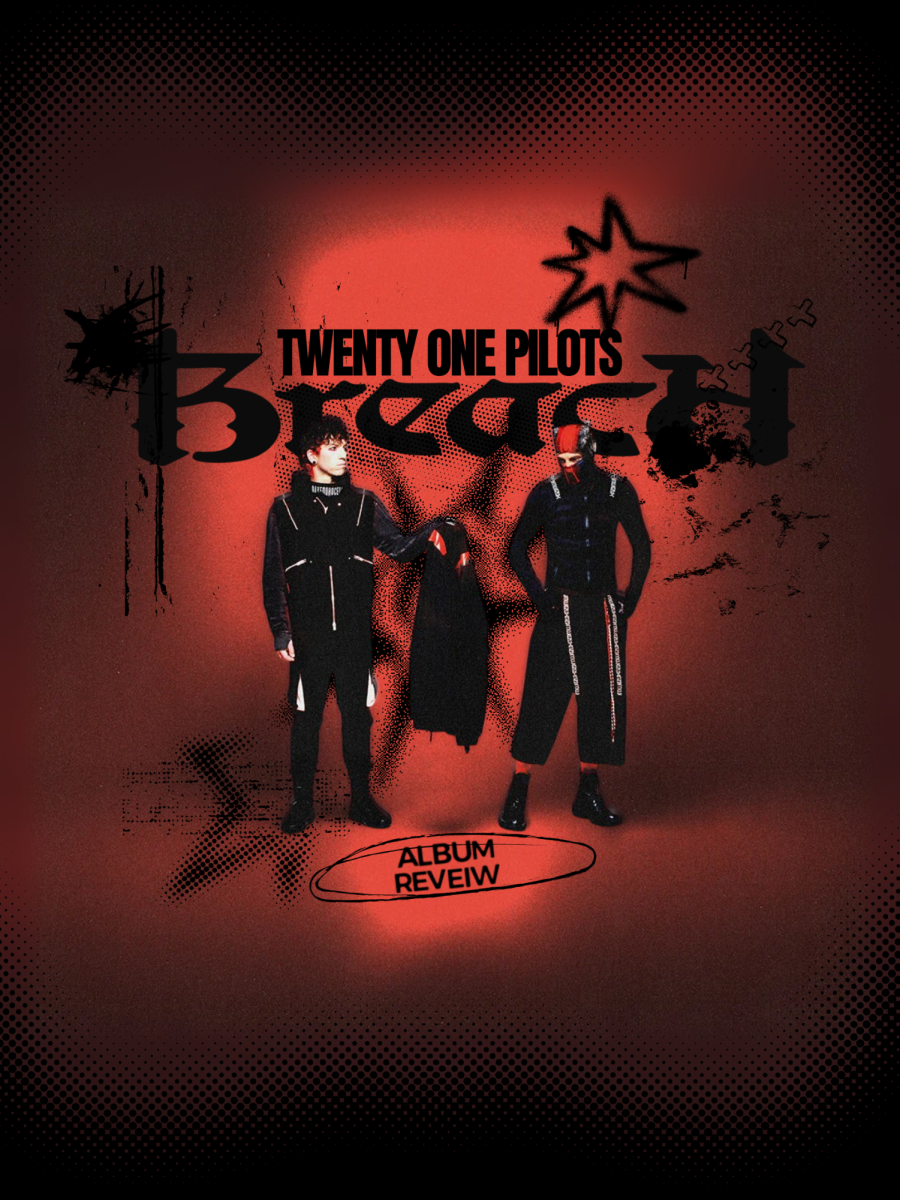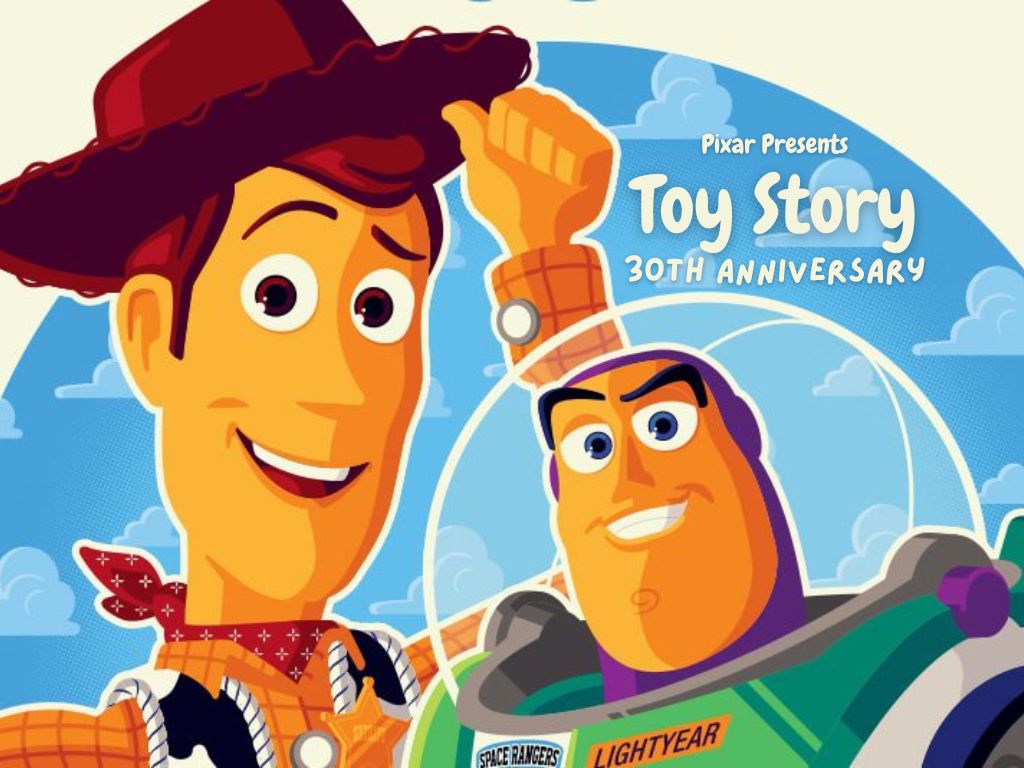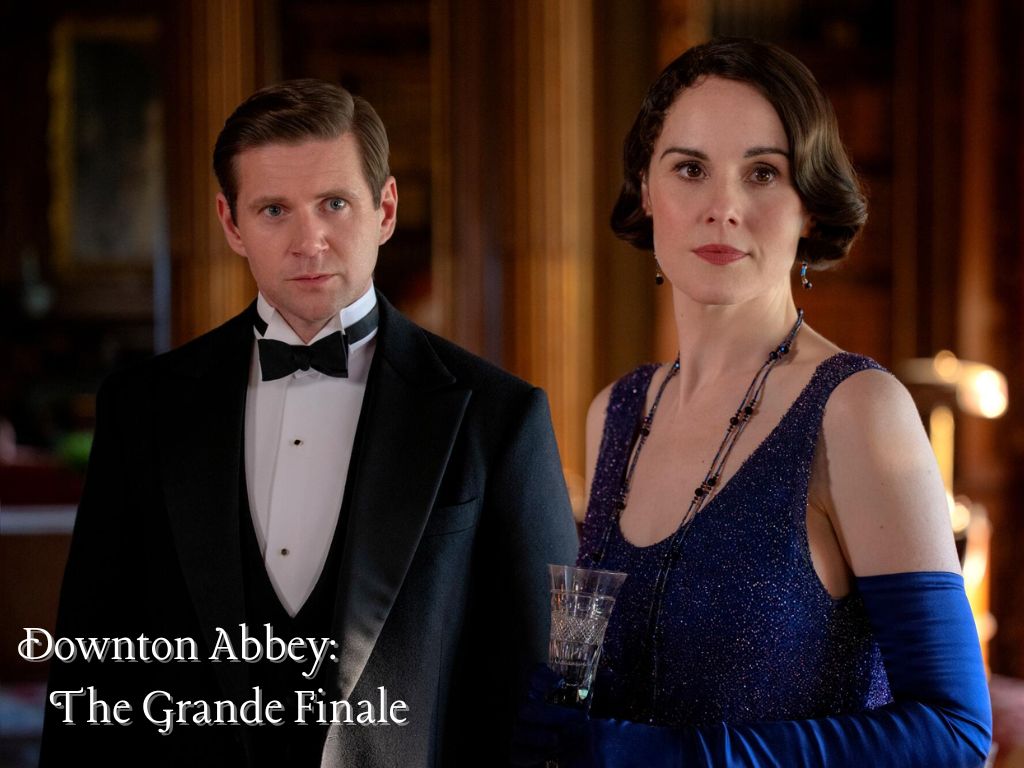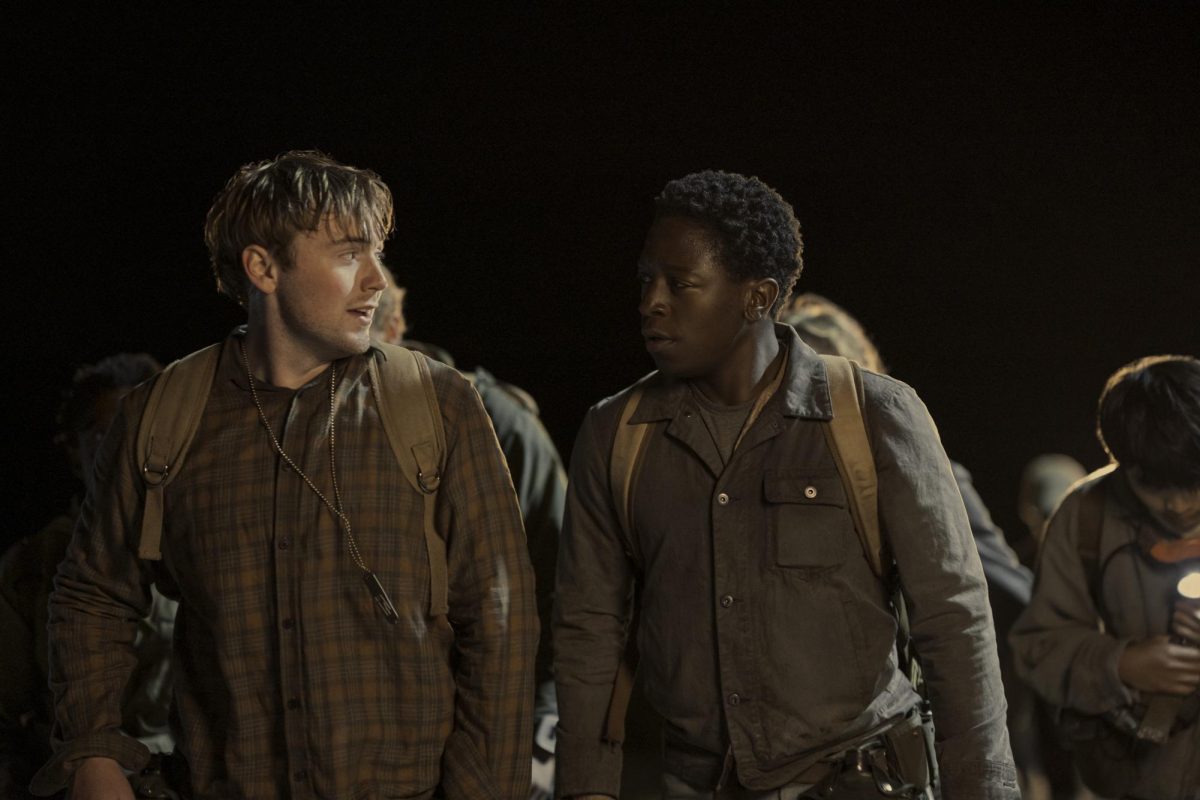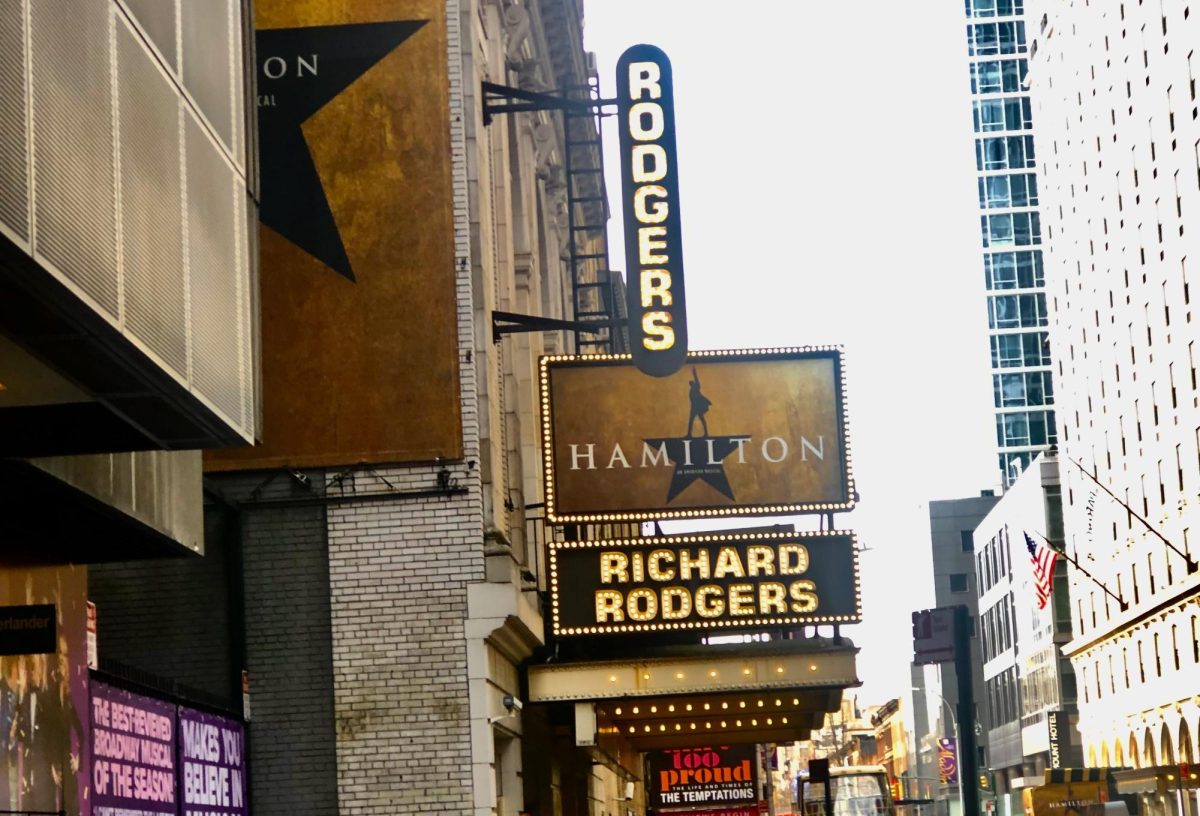Mainstream media such as Twitter and Instagram often present love as something effortless and soft. Truthfully, it is easier to believe that. However, the film “Cyrano,” an adaptation of the 1897 play “Cyrano de Bergerac” written by Edmond Rostand, shows love in a more realistic light, revealing the agony that comes with it.
Filled with longing, betrayal, chivalry, friendship, secrecy, desire and, of course, war, “Cyrano” is a classic European love story. Set in 1640s Paris, our protagonist Cyrano de Bergerac (Peter Dinklage) is a phenomenally skilled swordsman and a master of words.
In the original play by Rostand and the many subsequent film adaptations, Cyrano is has a strikingly long nose. However, in the 2022 version directed by Joe Wright, rather than having a long nose, the charming poet is instead a dwarf.
Dinklage’s performance in the film marks the return of love. For years, Hollywood has been starved of a love so deep and pure. Thankfully, Dinklage’s character satisfies the appetite by the way he shows his love in great lengths, even though it may hurt him.
For the majority of the film, even leading up to his last words, Dinklage loves Roxanne (Haley Bennett), his truest love and childhood friend from afar. In many instances, he finds the courage to express his love for her, which builds a great deal of excitement for the audience.
But right before he finally declares his love, he is struck with fear. These moments leave the audience with an emptiness that he didn’t tell her, but Cyrano is the hero that never disappoints, so you simply continue to cheer him on.
When Roxanne tells Cyrano that she is in love with Christian de Neuvillette (Kelvin Harrison Jr.) the heartbreak on Dinklage’s face is retching. In contrast, while telling her dearest friend about her newfound love, Bennet’s face radiantly glows. It is reminiscent of young love, beautiful and innocent.
Bennett displays a great duality in her character Roxanne as she is outspoken on her views of love and what she requires in men, while still possessing a gentle aura.
Her demeanor is so graceful in the way she walks, speaks and sings, but when she expresses herself, and she often does not hold back, Roxanne’s fire is identical to the spirit of a 21st-century woman.
The set reimagines a quaint French town of the 16th century, which feels homelike. The bustling outdoor markets, the intricate architecture of the courthouses and the royal home create a soothing calmness amongst the characters.
This little French town has many corridors, turns and cuts which can symbolize the chaos and complexity of Roxanne, Cyrano and de Neuvillette’s relationships. Their love triangle is difficult to navigate at times, just like the set one can easily get lost in the town.
The use of body throughout the film was profound and such a pleasant delight. Throughout the songs, the actors used their bodies to create synchronized movements.
The way they swayed, bowed and twirled on every note was felt and reflected the lyrics of the song being sung. Thus, giving the music more meaning to audiences.
The graceful and artistic movements allowed for great synergy between dance and song. The dancing and song selections in the film when combined really moves the viewer.
These elements throughout the film also played a key role in depicting the emotions of the characters. Whether it was a song about finding love, the uncertainty of heading to war or confronting a lustful desire, the actors belted out each note.
This film shows how vast love can be. Whether it is the love of a friend or a special someone, the film leaves you asking yourself how far will you go for the ones you love.



